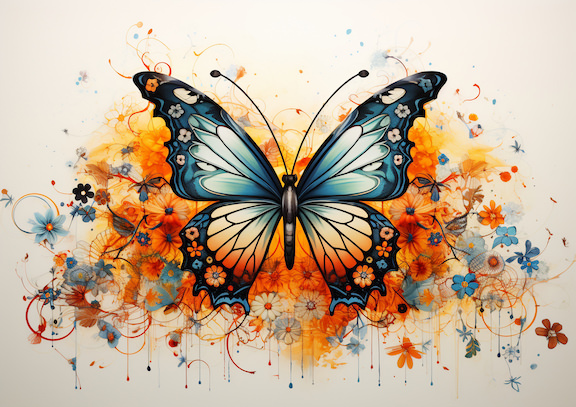Incorporating relatable examples in a card message is a powerful way to express your sentiment and create an emotional connection with the recipient. It’s like painting a picture with your words that reminds the recipient of shared memories, personal milestones, or common interests.

When you use examples that are close to the recipient’s heart, it not only makes your message more personal and heartfelt but also helps to evoke strong, positive emotions. This technique can be particularly effective if the examples are drawn from shared experiences or reflect the recipient’s personal journey.
Imagine giving a birthday card and in it, you reference a cherished memory you both share. Or perhaps you’re writing a card to encourage someone and you mention a situation in which they’ve previously overcome adversity. In both cases, you’re not just delivering a message—you’re weaving a narrative that directly relates to and resonates with the recipient.
The relationship between you and the recipient plays a crucial role as well. For close friends and family, you can use shared experiences or personal anecdotes. For acquaintances or colleagues, use general examples that are universally relatable.
From birthdays to graduations, hard times to celebrations, using examples to personalize your message can amplify its meaning and create a deeper connection with the recipient. The key is to tailor these examples so they mirror the recipient’s life experiences or the relationship you share with them, making your card message both relatable and memorable.
For birthdays: “Happy Birthday, Tom! Remember that camping trip we went on last summer? Just like that unforgettable sunrise we witnessed together, may your new year be filled with breathtaking moments.”
For a friend going through a tough time: “Hey Jane, I know things are hard right now, just like when we tried to assemble that crazy 1000-piece puzzle. Remember how we got through it, piece by piece, with patience and perseverance? You have that same strength to get through this situation. I’m here for you.”
For graduation: “Congrats, David! Remember your first day of high school when you couldn’t even find your classes? Look at you now, graduating with honors! This is just the beginning. You’ve got an amazing journey ahead.”
For retirement: “Happy Retirement, Linda! You’ve reached the top of the mountain, just like when we hiked up Mount Whitney. Now, it’s time to enjoy the view and breathe in the sweet air of relaxation. You’ve earned it!”
For anniversaries: “Happy Anniversary, Mom and Dad! Your love story is like our family garden. It started with a seed, blossomed over time, and weathered storms. Now, it’s a lush, beautiful space full of life and memories.”
For encouragement: “Remember when we ran our first 5K? We didn’t think we’d make it, but with every step, we got closer to the finish line. That’s just like life – each step, no matter how small, takes us forward. You’re doing great!”
The key here is to use relatable examples that resonate with the recipient, drawing from shared experiences or their personal interests. The more specific and personal you can make these examples, the more relatable and touching your card message will be.
Please note that if you purchase from clicking on the link, some will result in us getting a tiny bit of that sale to help keep this site going.

